Lollipopping – Why This Cannabis Trimming Technique Will Help Improve Your Harvests
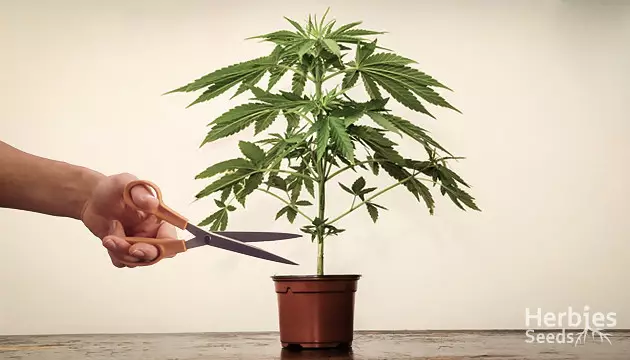
Lollipopping is one of the main techniques that separates professional growers from basement amateurs. Champions of lollipopping will claim that it makes plants grow bigger and healthier than non-lollipopped plants. But does lollipopping actually increase yields? In this article, we’ll analyze lollipopping techniques to answer that question.
What Is Lollipopping?
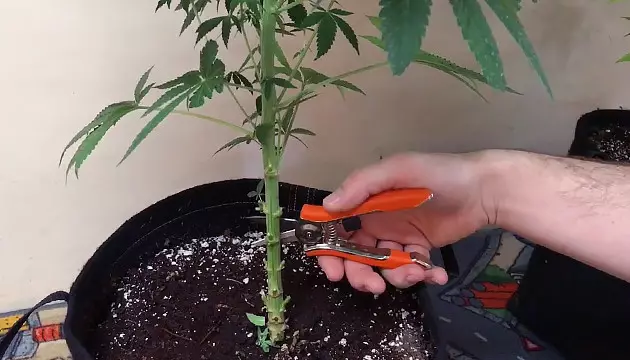
Lollipopping is a cannabis growing technique that involves removing a plant’s lower branches to focus energy on its upper branches. The end result is a cannabis plant that looks like a lollipop, with a stem at the bottom and flower at the top. By focusing a plant’s energy into less total branches, you can guide your garden toward higher-yielding harvests. You should only remove lower branches that aren’t getting any direct light. These branches will never fully mature anyway and are a burden on your plant.
Lollipopping Benefits
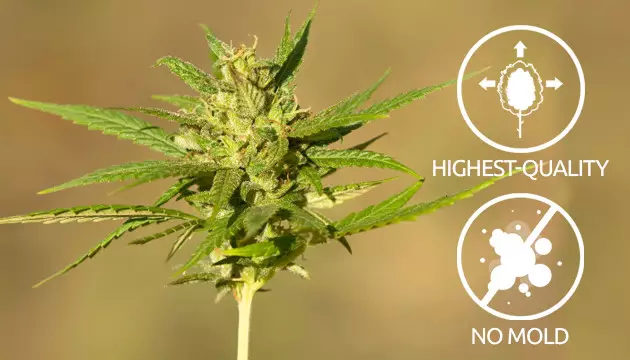
There are several benefits associated with lollipopping cannabis plants. First, as we said earlier, you’ll be able to focus all of your plant’s energy in its canopy. This will ensure that your plant is putting all of its energy into its highest-quality buds. This isn’t the only benefit to lollipopping, however. This technique will also promote good air movement and lower humidity under your canopy. As a result, it can help minimize the conditions that give rise to mold and other infections. You can also apply this theory to lollipopping outdoor cannabis plants in high-humidity areas.
How To Lollipop Cannabis Plants
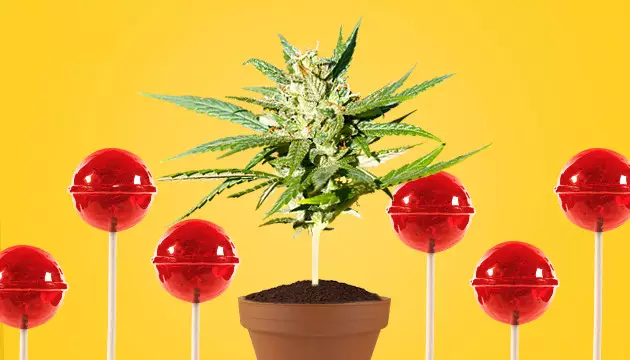
The concept behind lollipopping weed may be simple, but you need to follow a strict process to implement the technique successfully. Here are some of the main rules for everyone eager to try lollipopping.
When To Start Lollipopping Cannabis
Knowing when to lollipop is just as important as knowing how to lollipop cannabis. You should always lollipop in the vegetative phase whenever possible. Plants in the vegetative phase are hardy and robust, so they’ll be able to bounce back from the considerable stress lollipopping puts on them. If necessary, you can lollipop your plants during flower – however, this is only for maintenance, to take care of small, underdeveloped branches that sprout up unexpectedly.
How Heavily To Lollipop In Veg
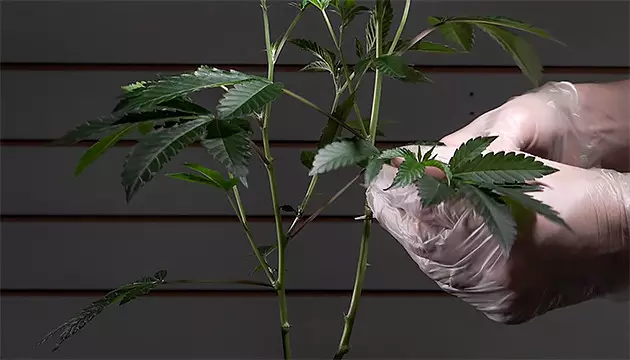
Get down on your plants’ level so that you’re looking sideways at about canopy-level. See any branches that don’t reach up to your canopy? Get rid of them. Any branches or buds that aren’t getting any direct light should be removed, as these will only end up being a liability later. You want to do the majority of your lollipopping in veg so that you can minimize the amount you need to do during flower.
Lollipopping During Flower – When And How?
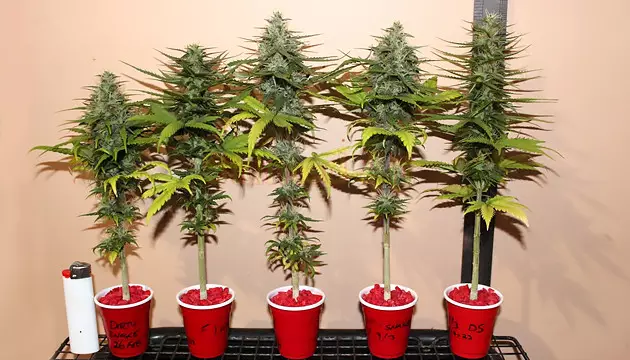
While some growers adamantly believe that lollipopping during flower is anathema, they’re wrong. As long as you do it properly, you don’t need to fear lollipopping after the veg phase is over. However, in flower, you can’t lollipop as heavily as you did in veg. Your plants will be a little older, and it will be tougher for them to bounce back if you remove too much tissue.
Lollipopping Done Safely
While it’s important to remove enough plant matter when you’re lollipopping early on, you need to walk a fine line. Don’t go too crazy during veg-stage lollipopping. If you remove too many bud sites, you may end up decreasing your yield come harvest time. In addition, don’t lollipop your plant in veg and then flip them immediately into flower – that can be too stressful for them. Instead, give your plants between 1 and 3 days to recover after lollipopping before changing your light schedule.
Lollipopping For Clones
When lollipopping cannabis plants in veg, you can use the plant material you remove as a source of clones. To do this, cut off any lower branches from your plant and put them in a vessel with water, like a bouquet. This will prevent any dangerous embolisms (bubbles inside your plant’s tissues) from forming. Once you finish lollipopping the plant you’re working on, you can dip any branches you removed in cloning gel and place them in a rock wool cube to take root. Employing this technique is a great way to ensure that you don’t waste any of your plant matter.
Cloning Gel Picks
If you want to use any plant matter you removed as potential clones, you’ll need some cloning gel to help them take root. We’ve compiled a list featuring a few of the best cloning gels that can be found on Amazon.
Clonex Rooting Gel
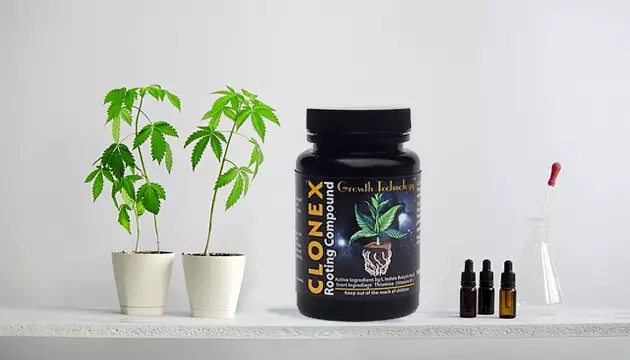
Clonex is the industry standard when it comes to cloning gel. Professional growers using Clonex can cut more than 700 clones a day if they work quickly. It’s a water-based solution that contains a wide array of minerals and nutrients to encourage root growth in a newly-cut clone. Clonex is fairly inexpensive – a 100-milliliter (3.4-fluid ounce) of the gel retails for just under $20, and it can last most growers months of constant use.
RootTech Cloning Gel
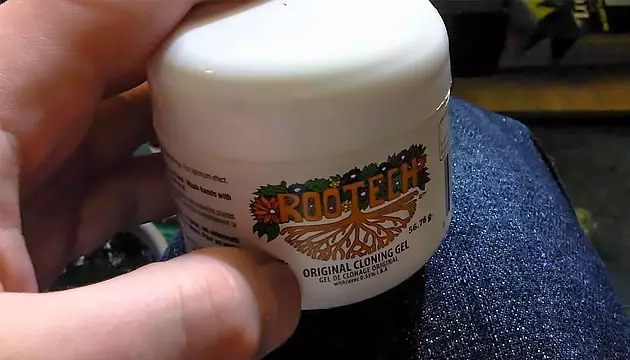
Much like Clonex, RootTech is a favorite among professional growers. Developed by grow industry juggernaut Hydrofarm, RootTech contains a powerful mixture of vitamins and hormones that promote quick-rooting, healthy clones. You can get a 7-gram (0.25-ounce) jar of RootTech for $7, which makes it attractive to growers who will only use it sparingly. Additionally, frugal gardeners can water down their RootTech to make it last even longer.
Olivia’s Cloning Gel

Growers who are looking for a more boutique experience should check out Olivia’s cloning gel. It’s a bit more complex than either RootTech or Clonex, though. For example, Olivia’s instructions tell growers to use their cloning gel to stimulate root growth. Then, growers must continue feeding with Olivia’s cloning solution to maximize rooting. You can find Olivia’s cloning gel for $33.26 per container.
Final Thoughts
With all of the benefits of lollipopping cannabis plants laid bare, choosing to use this technique in your garden is a no-brainer. Lollipopping cannabis plants can increase your yields and promote better health throughout your plant. As long as you follow the correct procedures, lollipopping can be a huge boon for your plants. It’ll help you minimize the risk of several infections, and you’ll be able to manipulate your plants to promote big, dense and healthy buds.
Herbies Head Shop expressly refuses to support the use, production, or supply of illegal substances. For more details read our Legal Disclaimer.




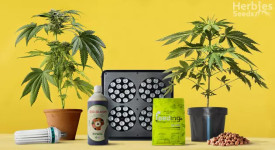
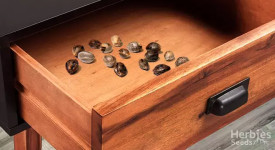
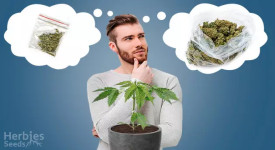
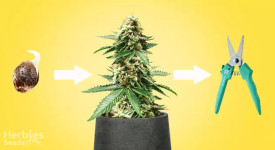
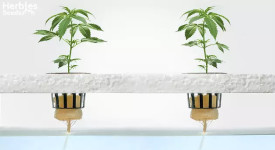
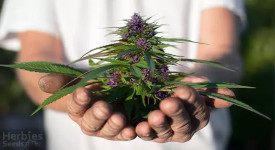
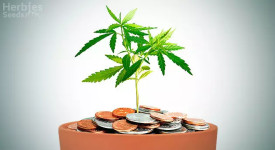
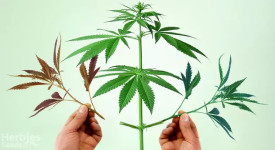
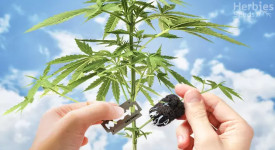

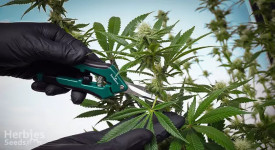
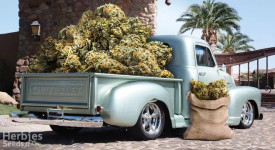
Thank you for leaving a comment for us!
Your feedback will be posted shortly after our moderator checks it.
Please note that we don’t publish reviews that: